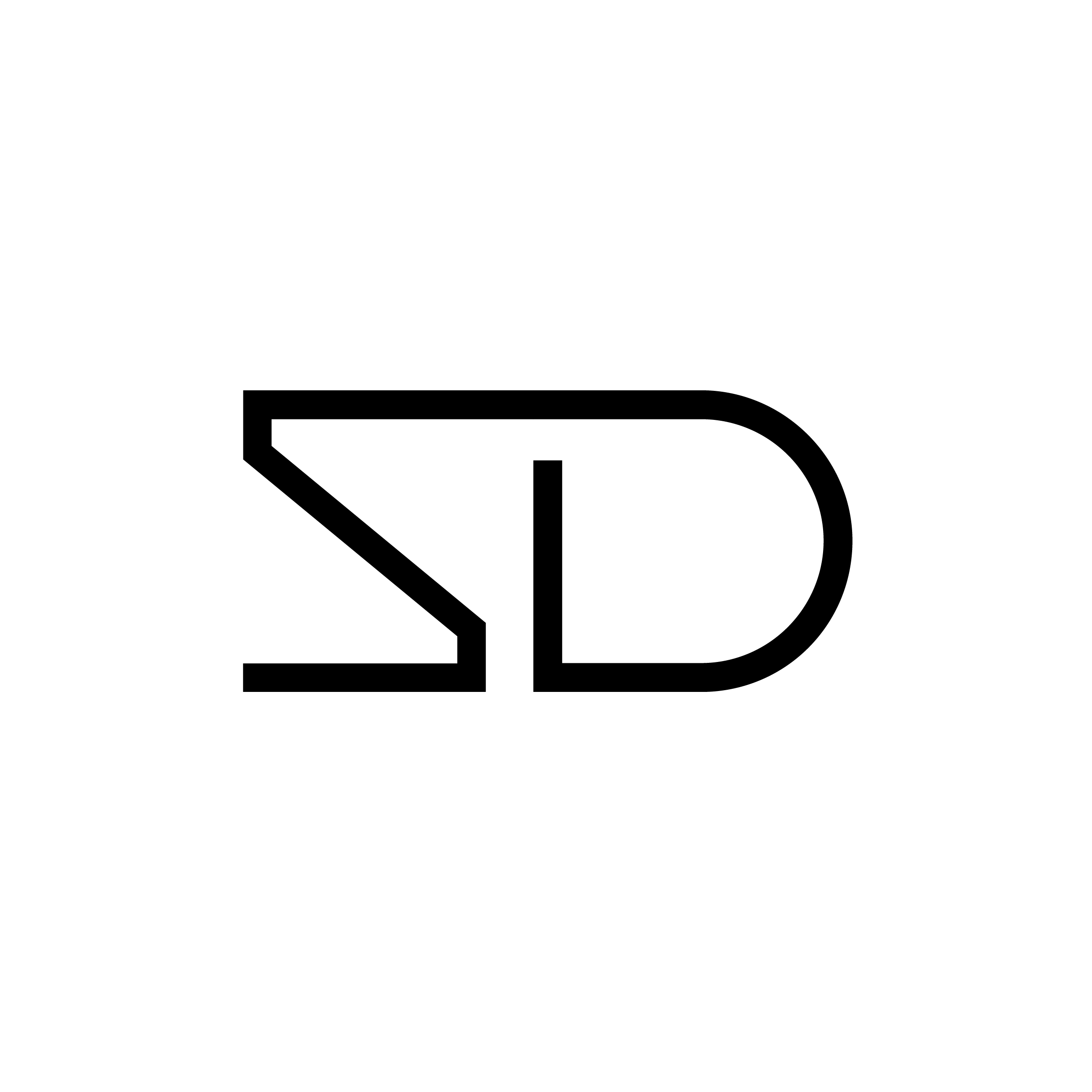How new technologies are building a circular economy
We're all aware that the Fashion business is on a shift towards a more circular economic system. In fact, throughout the past few years, brands have started to embrace the concept of recycling textiles as it gives them a holy-grail solution that side-steps, at least partially, the suggestion that the industry should simply slow down and produce less in order to reduce its environmental impact. As a matter of fact, companies including H&M Group, Inditex and Ralph Lauren have invested in textile recycling solutions that are now finally beginning to scale.
The gap in the industry at the moment is being able to scale these recycling solutions and make them become more global because, as of now, only a fraction of old garments actually get recycled. The complex and intricate problem of garment recycling has sparked SuperCircle, the tech and reverse logistics platform that aims at closing this gap between retail and textile waste through innovative business relationships that scale the recyclability of discarded textiles.

SuperCircle founders Chloe Songer and Stuart Ahlum want the company to manage logistics of the recycling process from waste to reusable material. There are three principal parts of this logistical acrobatics; tech, shipping, and warehousing. The company is proposing to digitise this process as much as possible. SuperCircle's tech and logistics platform supports brands’ consumer-facing clothing take-back schemes and plugs into their returns process to take care of inventory that can’t be resold to recycling partners.
Up until now, the main issue that recycling partners face is sorting. In fact, if you take a grab bag of waste textile you don't know what's in it, as most of those items end up having to go through down cycling waste streams. The company’s tech systems solve this issue by plugging in with a brand partner's website, pulling in all order management history from stores and online. Based on a customer emails, SuperCircle can see what items they’ve purchased hence know product data and the entire material breakdown.
SuperCircle incentivizes consumers to use the digital platform necessary to manage and file the amount of clothing, the materials, and the distribution of garments among the brands and brand partners. From there, customers can participate in recycling while tracking their carbon footprint and brands get transparency over where their old clothes end up and data on associated environmental savings, building a relationship of trust with their customers. It’s a win win.

The company’s effort in recycling materials the ethical way, is exemplary of what it will take to reach a level of sustainability in the fashion industry that avoids the high level of carbon production it partakes in.
SuperCircle is the evolution of waste management solutions and is presenting it at scale. Any thoughtful scaling operation prior to SuperCircle has been insufficient, and why founders Songer and Ahlum are asking brands and consumers to participate. It is an opportunity for retailers, brands, manufacturers and other industrial departments to get involved and make the process more viable.
The brands Reformation and Thousand Fell, founded by SuperCircle’s co-founder, have already partnered with the company and are bringing their brands sustainability to a new level of recycling by bringing circularity into their production systems. The platform went live in May and is on track to have upwards of 10 brand partners on board by the end of this year with the goal of adding 30 more brand partners by the end of 2023.
[information sourced on businessoffashion.com and forbes.com
Featured image sourced on canva.com
Photo 1 by Francois Le Nguyen on Unsplash
Photo 2 by Lalit on Unsplash]

